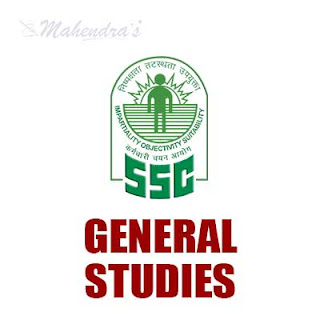Q.1. Sculptures of the Gandhara school reflect the influence of the
(A) Persians
(B) Romans
(C) Chinese
(D) Greeks
Ans: (D)
Q.2. The famous ruler of ancient India, who, towards the end of his life, is said to have converted to Jainism,
(A) Chandragupta
(B) Ashoka
(C) Bindusara
(D) Samudra Gupta
Ans: (A)
Q.3. The Indus Valley people established commercial contacts with the
(A) Romans
(B) Egyptians
(C) Greeks
(D) Central Americans
Ans: (B)
Q.4. Which among the followings was a great centre of trade and commerce in the Gupta period?
(A) Mathura
(B) Taxila
(C) Vatapi
(D) Tamralipti
Ans: (A)
Q.5. Who was the founder of the Khalsa?
(A) Guru Nanak
(B) Guru Teg Bahadur
(C) Guru Gobind Singh
(D) Harcharan Singh Longowal
Ans: (C)
Q.6. Which of the following Movements was started by the Indian National Congress during the course of the Second World War and formed part of our freedom struggle?
(A) Swadeshi
(B) Quit India
(C) Civil Disobedience
(D) Home Rule
Ans: (B)
Q.7. The Governor-General of Fort William became the Governor-General of India under the Charter Act of
(A) 1833
(B) 1781
(C) 1973
(D) 1813
Ans: (A)
Q.8. Where did Buddha attain Parinirvana?
(A) Rajgriha
(B) Kushinagara
(C) Vaishali
(D) Bodh Gaya
Ans: (B)
Q.9. Madura was the capital of the Kingdom of the
(A) Pallavas
(B) Cholas
(C) Rashtrakutas
(D) Pandyas
Ans: (D)
Q.10. Permanent Settlement of Bengal was introduced by
(A) Lord Dalhousie
(B) Lord William Bentinck
(C) Robert Clive
(D) Lord Cornwallis
Ans: (D)





0 comments:
Post a Comment
MAHENDRA GURU